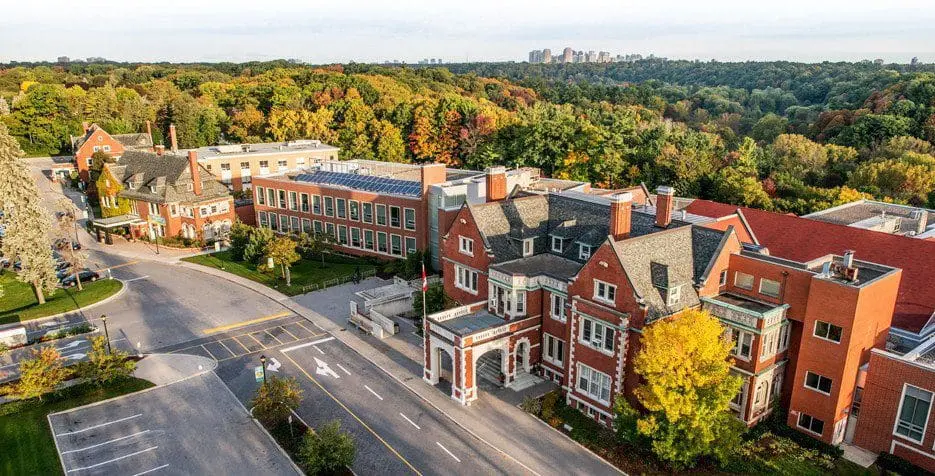Buyers often ask me why certain Toronto neighbourhoods seem immune to market swings.
They’re surprised to find that it’s not just the home itself—but the school district that drives value and long-term stability.
In a city as large and diverse as Toronto, school catchment boundaries quietly shape real estate decisions in ways most people don’t realize. Here’s why the best-performing districts don’t just support your child’s education—they protect your investment.
School Zones = Demand Concentration
Homes located within high-ranked school zones consistently see higher demand—regardless of market conditions. That’s because families plan their home search around these schools, often filtering listings by catchment before anything else.
The result?
Fewer days on market, stronger resale performance, and increased buyer urgency—even during slower seasons.
More Information – in other articles:
Emotional Weight Drives Bidding
Buyers with school-aged children often make deeply emotional decisions. A home near a well-known school can feel like the “right” move, even if it means stretching budget or compromising on other features.
While not everyone buying in these areas has children, the presence of a top school adds a layer of perceived security to the purchase—and that drives price resilience.
The “Halo Effect” on Neighbourhood Value
Top schools don’t just benefit one block. They elevate the entire surrounding area, attracting businesses, local investment, and a stronger sense of community.
For example, districts around John Ross Robertson, Blythwood Jr PS, and Leaside High continue to outperform nearby areas—even when those homes are similarly built or priced.
Why It Matters for Sellers, Too
If you’re a seller in a top-ranked district, this is an asset you should never underestimate. Even if the market slows, proximity to a known school keeps buyer confidence high. In many cases, it’s the reason a home sells while similar listings sit.
This is especially true for 3-bedroom homes on quiet streets within walking distance to school—these are highly sought after by relocating families.
The Takeaway
If you’re buying in Toronto, understanding school zones isn’t just about education—it’s a pricing strategy.
And if you’re selling in a strong district, marketing that advantage clearly (and accurately) can make all the difference.
As a parent of three and a real estate advisor, I’ve spent years attending school open houses, meeting with other parents, and tracking which areas hold value best—not just for one transaction, but for long-term planning.














